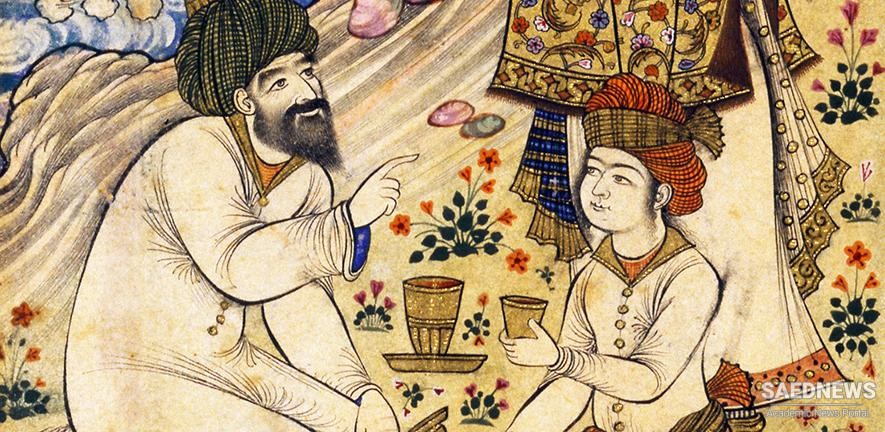Within a few generations, whole countries (Mesopotamia, Syria, Egypt) simply dropped their own ancient languages (both in written and spoken form) and switched permanently to Arabic. In the case of Aramaic and Egyptian (Coptic), the older language survived in dialect pockets and as a written and memorized liturgical tongue, to the extent that its users retained their former religion, while totally ceding its general literary and vernacular domain to Arabic.
In the case of Middle Persian, which was the language of Sasanid Iran and which continued for several decades or even more than a century after the Arab conquest, there is an apparent paradox. Among Persians, conversion to Islam and participation in the tide of conquest was more thoroughgoing than in most of the Western lands, and the written and memorized monuments of Zoroastrianism were more fully eclipsed (being preserved by a few priests in parts of conquered Persia, or carried overseas by refugees). Though at first the conquerors were obliged to assure continuity of administration by relying on officials of the former Sasanid civil service, who kept the government registers in Middle Persian, Arabic replaced it as the language of administration by about the year 700 in western Persia and in 741–42 in Khorasan.
Yet the vernacular that persisted, and the literary language that arose just over two centuries after the conquest (poetry from about 860, extant prose from about 960) were not Arabic, but Persian. Within another two centuries, this language had eclipsed Arabic in the lands of the eastern caliphate, both as a contact vernacular and as the interregional literary vehicle of poetry, belles-lettres, and even (in tandem with Arabic) specialized and scientific writing, comprising history, philosophy, medicine and astronomy, excluding only mathematics. From the 13th century, classical Persian was read and written by the educated classes in regions of widely differing vernaculars, such as Central Asia, the Volga valley, India, and Anatolia. It was a catalyst in the evolution of Eastern and Western Turkish and Urdu as literary languages. Intellectuals in the Arab west (Ebn-al-Arabi, Ebn-Khaldun) took note of scholarship in Persian, and Persian was the initial language of imperial administration in British India.
But apart from the initial paradox of its survival and meteoric rise, the genesis and early evolution of Persian pose some problems of documentation and interpretation that are still vigorously debated and indeed may never be satisfactorily solved. The following brief account aims at summarizing from a linguistic and sociolinguistic perspective what is known, or can reasonably be deduced, on the basis of recent scholarship, about the transition from Middle to Persian and its development into a literary language of widely acknowledged efficiency, beauty, and authority in the classical Islamic ecumene.


 Islamic Traits of Persian Language
Islamic Traits of Persian Language














































